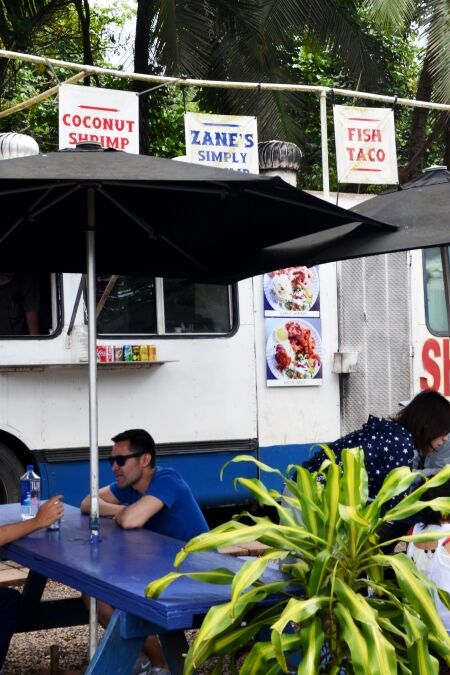The Pipiwai Trail, located in the Kipahulu District of Haleakalā National Park, Maui, is a must-see for nature lovers and adventurous hikers. Known for its breathtaking bamboo forest and stunning waterfalls, this 4-mile round-trip hike takes you through lush landscapes, past towering bamboo, and culminates at the magnificent 400-foot Waimoku Falls. This guide provides everything you need to know for an unforgettable hiking experience, from trail highlights and tips to nearby attractions.
Highlights
- As you hike the trail, you’ll pass through an enchanting bamboo forest. The towering bamboo stalks create a tranquil, otherworldly experience with the sound of wind whispering through the leaves.
- At the end of the trail, you’re rewarded with a stunning view of the 400-foot Waimoku Falls, cascading down a dramatic cliff.
- The trail takes you over a series of footbridges across streams and waterfalls, offering picturesque views and the chance to enjoy the gentle sound of flowing water as you walk.
- With a 4-mile round trip and well-maintained pathways, this trail is ideal for those with moderate hiking experience.
- Along the trail, you’ll encounter ancient banyan trees and scenic overlooks that offer a glimpse into the natural beauty that native Hawaiians have revered for centuries.
History
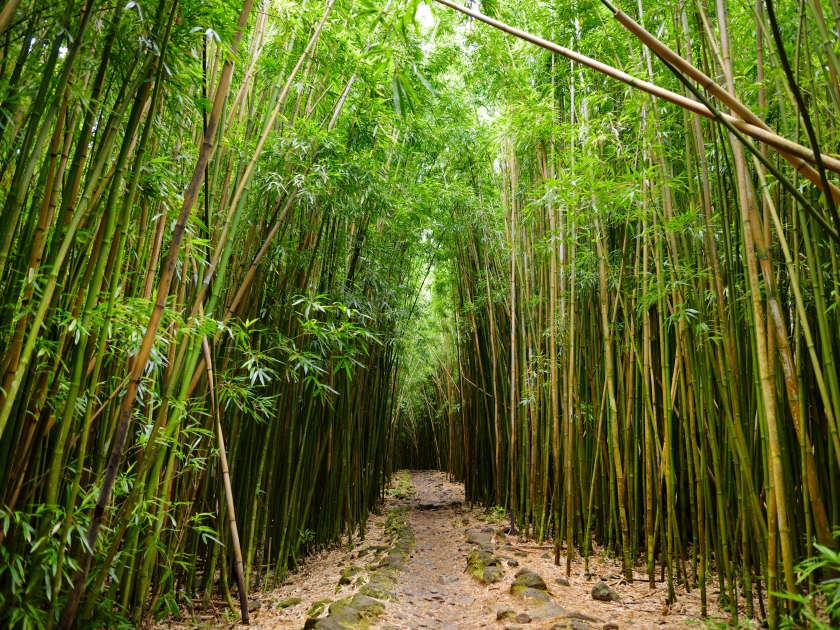
Ancient Hawaiian Use
The Pipiwai Trail, located in the Kipahulu District of Haleakalā National Park on Maui, was originally a footpath for native Hawaiians to gather essential resources such as fresh water and food. This aligns with the ancient Hawaiian land division system, ahupuaʻa, which organized land from mountains to sea to ensure communities had access to diverse resources. Radiocarbon evidence suggests the area has been used for over a millennium, with significant activity between 660 and 1384 AD. The trail may have also held cultural significance, possibly tied to rituals or spiritual practices.
Development of Haleakalā National Park
Haleakalā National Park was established in 1916 to protect both the natural ecosystems and cultural heritage of the area, including the Pipiwai Trail. Over time, the trail evolved from a historic path into a popular hiking destination, drawing visitors as part of the scenic Road to Hana route. With increased tourism, the trail became recognized not only for its natural beauty but also for its historical importance.
Trail Features
The Pipiwai Trail spans about 4 miles round trip, offering hikers a variety of stunning natural attractions. Highlights include a serene bamboo forest, waterfalls such as Makahiku Falls and Waimoku Falls, and a sprawling banyan tree near the trailhead. The bamboo grove, in particular, creates an immersive and tranquil experience, making it one of the most memorable parts of the hike.
Modern Context
Since its inclusion in Haleakalā National Park, the Pipiwai Trail has been carefully maintained to balance visitor access with conservation efforts. The trail remains a symbol of the deep connection between native Hawaiians and their environment, showcasing sustainable practices passed down through generations. Today, it offers a unique blend of cultural history and natural splendor, solidifying its place as a cherished part of Maui’s heritage and a must-visit destination for nature enthusiasts.
Trail Overview
Distance
Difficulty
Elevation Gain
Estimated Time
Foot Traffic
Trail Condition
Highlights
Location
4 miles (out and back)
Beginner to Intermediate
650 feet
2 to 4 hours
High
Well-maintained, suitable for families, and one of the most popular
Lush bamboo forests to towering waterfalls
Situated in the Kipahulu District of Haleakalā National Park.
Key Attractions Along the Trail
Bamboo Forest
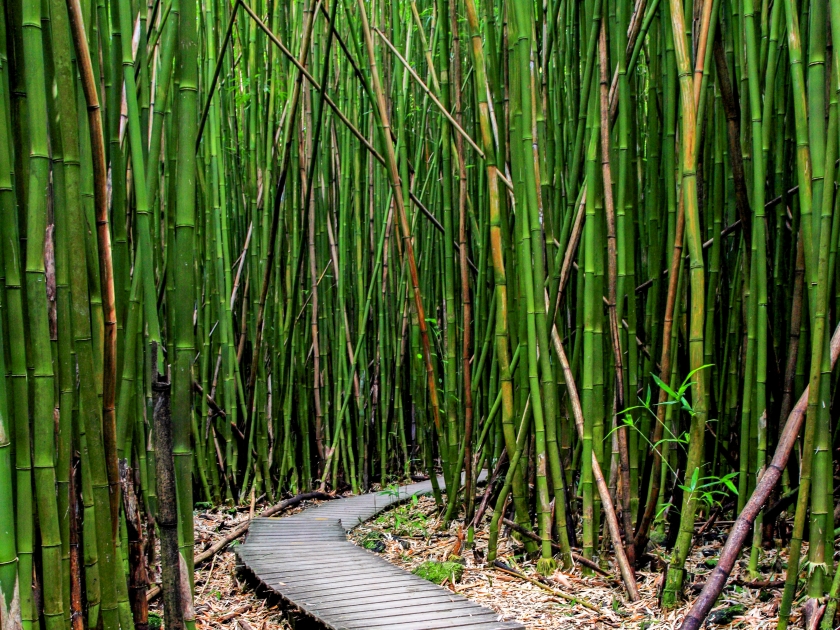
One of the most enchanting sections of the Pipiwai Trail is the bamboo forest, where towering bamboo stalks form a peaceful, natural tunnel. The rustling of the bamboo in the breeze creates a tranquil atmosphere, making this stretch a magical spot for hikers and photographers alike. It also offers a cool escape from the sun, adding to its charm.
Makahiku Falls
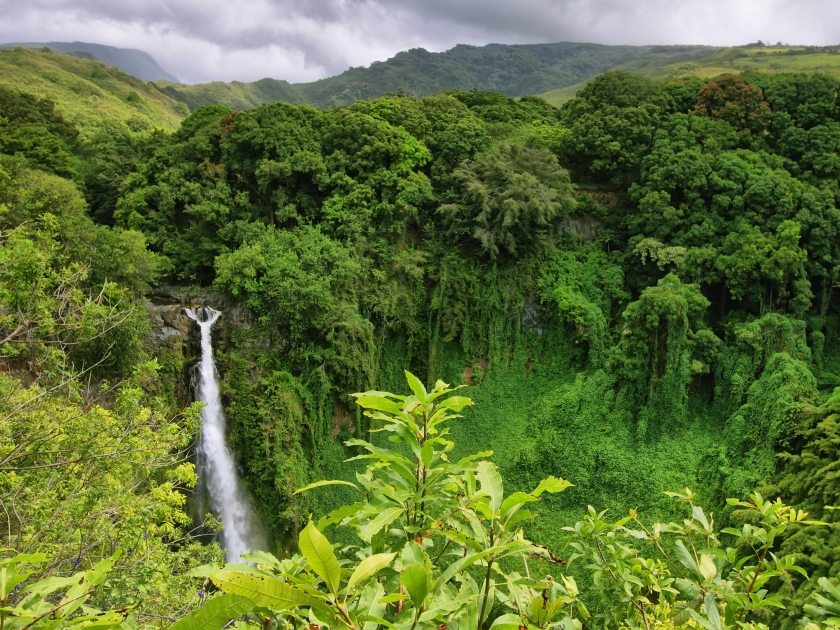
About half a mile into your hike, you’ll encounter the stunning Makahiku Falls. This 200-foot waterfall, visible from a lookout point, provides a perfect rest stop to admire the view. It’s a great spot to pause and take in the beauty of the surrounding landscape before continuing along the trail.
Waimoku Falls
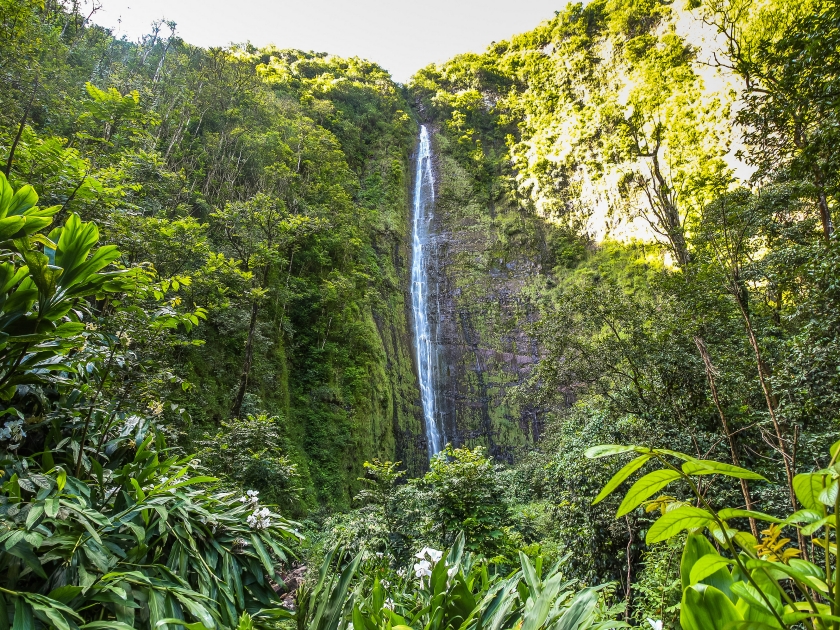
The crown jewel of the Pipiwai Trail, Waimoku Falls is a breathtaking 400-foot waterfall that marks the end of the hike. Standing at the base, you can feel the cool mist from the falls as you gaze up at the dramatic cascade. It’s the ultimate reward for completing this scenic hike.
Banyan Tree
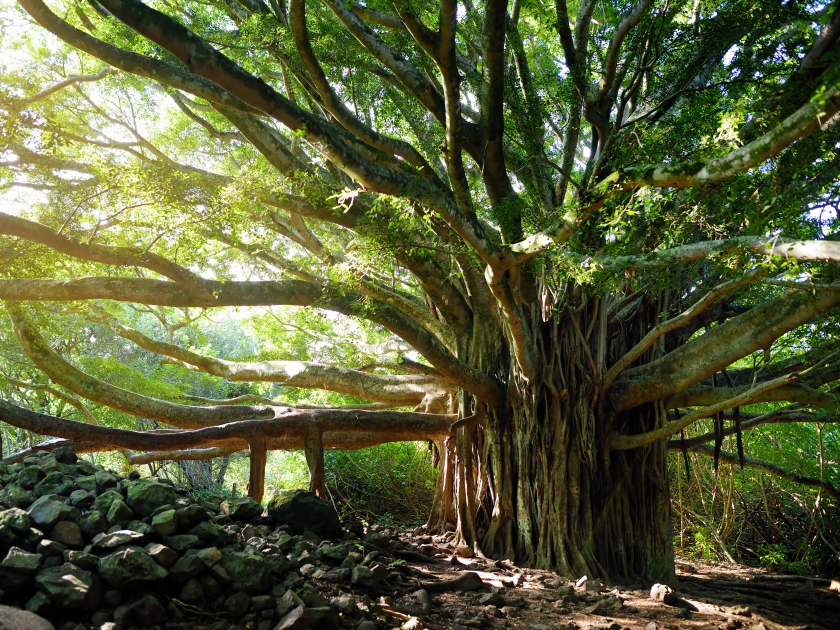
One of the most iconic stops along the trail is the massive banyan tree. Its sprawling branches and impressive size make it a popular photo spot. Take a moment to rest beneath its canopy and appreciate the natural beauty that surrounds you.
Scenic River Crossings
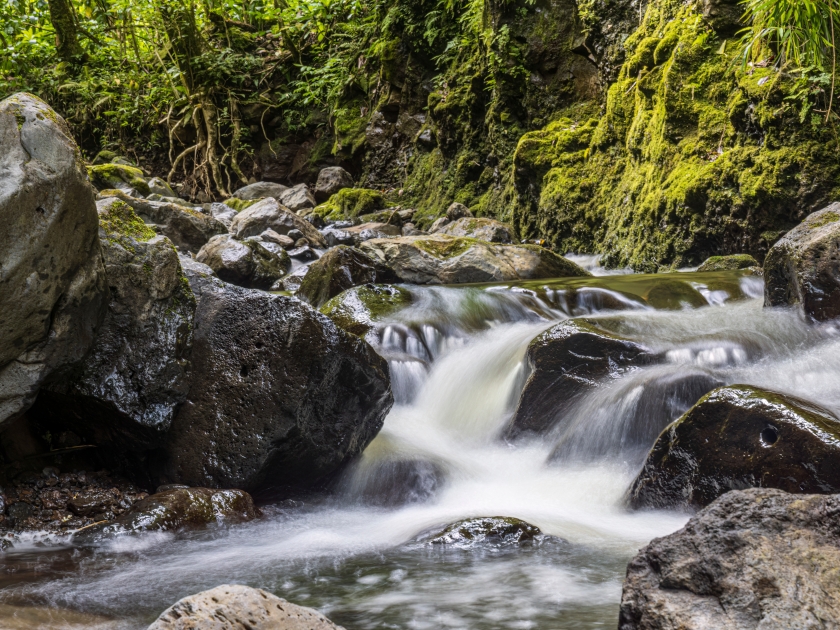
The Pipiwai Trail also features several scenic river crossings, where wooden bridges guide you over flowing streams. These crossings add a sense of adventure and offer more opportunities to soak in the natural beauty of the lush, tropical surroundings.
What to Bring for the Hike
- Hiking Gear: Wear sturdy hiking shoes and bring a light backpack for comfort on the trail.
- Water and Snacks: There are no services along the trail, so pack plenty of water and some snacks to keep your energy up.
- Bug Spray and Sunscreen: Protect yourself from mosquitoes and the tropical sun with bug spray and sunscreen.
- Camera: Don’t forget a camera or smartphone to capture the stunning views of the waterfalls and bamboo forest.
Tips for Visiting
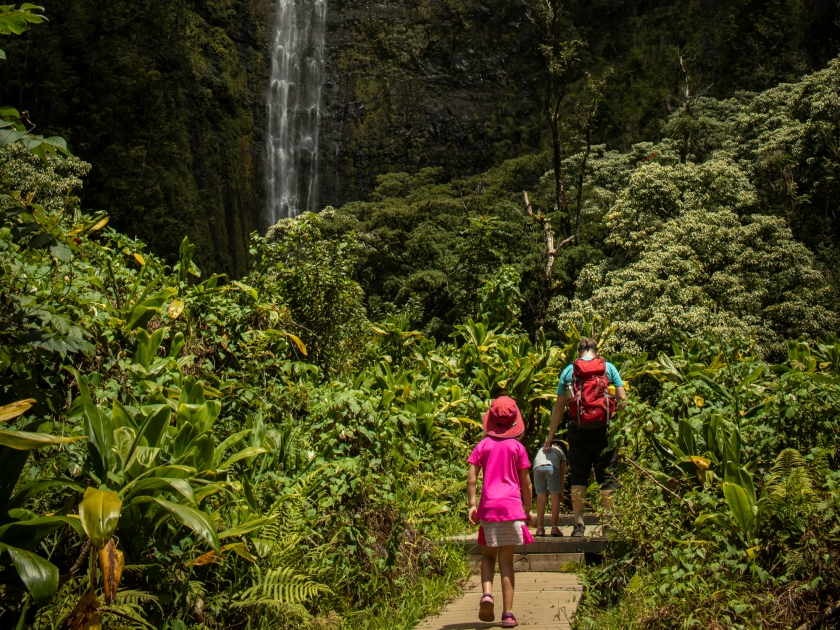
- Start Early: Arrive early to avoid crowds and ensure you have enough daylight for the hike.
- Check Weather Conditions: Rain can make the trail slippery, so check the forecast and trail conditions before heading out.
- Stay on the Trail: For safety and conservation, stay on marked paths, especially in the bamboo forest.
- Wear Proper Footwear: Sturdy hiking shoes are essential for navigating the rocky and sometimes muddy terrain.
- Pack Out What You Bring In: Follow Leave No Trace principles by carrying out all trash and belongings.
- Bring Enough Water: Hydrate before and during your hike, as there are no water sources along the trail.
- Take Your Time: Enjoy the scenic views, especially at the waterfalls and other key attractions.
- Watch for Wildlife: Keep an eye out for native birds and other wildlife along the trail.
Best Times to Visit
The best times to visit the Pipiwai Trail are during the morning or early afternoon, especially between April and October when the weather is typically drier. Starting early helps avoid the afternoon heat and crowds, giving you a more peaceful experience. Visiting in the morning also allows plenty of daylight to complete the hike and enjoy the waterfalls without rushing. Keep an eye on weather conditions, as rain can make the trail slippery.
Nearby Attractions
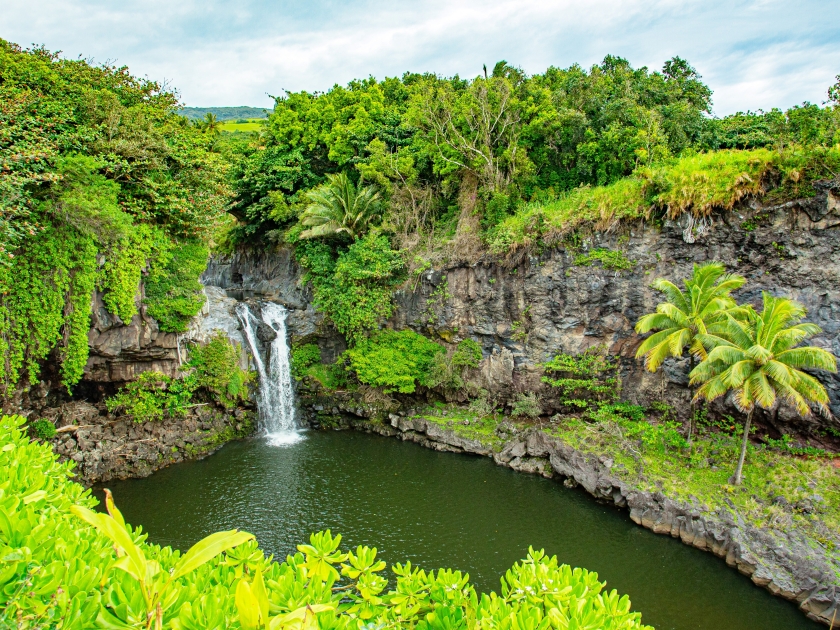
After hiking the Pipiwai Trail, consider exploring nearby attractions like Oheo Gulch (Seven Sacred Pools), where you can take a refreshing dip if conditions allow. Hana Town is also a great stop for immersing yourself in local culture and enjoying some food. For those wanting to extend their adventure, other sections of Haleakalā National Park offer additional trails and scenic spots worth visiting, giving you even more ways to experience Maui’s stunning landscapes.
Dining and Accommodation
For a top-tier dining and accommodation experience near the Pipiwai Trail, consider Travaasa Hana, offering luxurious stays and its award-winning restaurant, Ka’uiki, known for farm-to-table cuisine. Just a short distance away, you can savor casual meals at Hana Ranch Restaurant, celebrated for fresh, locally sourced ingredients and a relaxed vibe. For a more upscale option, the Hana-Maui Resort boasts breathtaking ocean views and a range of accommodations, from bungalows to villas, providing the perfect retreat after your hike.
Frequently Asked Questions (FAQs)
The Pipiwai Trail can get quite crowded during peak season, especially in the late morning and early afternoon. Arriving early in the day helps avoid the largest crowds.
The Pipiwai Trail stands out for its bamboo forest and scenic waterfall views, making it one of the most popular hikes in Haleakala National Park.
On average, it takes about 2 to 2.5 hours to complete the Pipiwai Trail, covering the 4-mile round trip at a moderate pace.
Yes, the Pipiwai Trail is suitable for beginners, although it has some steep and uneven sections that may be challenging for those not used to hiking.
There are no restrooms directly on the Pipiwai Trail, but you can find facilities near the parking lot at the trailhead.
Swimming is not permitted at the waterfalls along the Pipiwai Trail due to safety concerns and fluctuating water conditions.
How to Get There
By Car
To reach the Pipiwai Trail by car, start by taking the Hana Highway (HI-360) towards Hana. Once you pass through the town of Hana, continue driving until you reach the Kipahulu District of Haleakalā National Park. The trailhead is conveniently located near the park’s visitor center, where parking is available for visitors. It’s important to note that the Hana Highway is narrow and winding, so driving cautiously is advised.
By Bus
While getting to the Pipiwai Trail by bus is not straightforward due to the remote location and limited public transportation options, a possible alternative is to take a bus service to Hana and then seek local services like taxis or tours that cater to the trail visitors from Hana. Before planning your visit, check with local transportation providers for any available services or guided excursions to ensure a smooth journey.
Go Where Waterfalls Roar and Bamboo Sings
The Pipiwai Trail is a feast for the senses, where the serene bamboo forest sways like music in the wind, and the majestic waterfalls cascade with the power of nature’s grand finale. This trail is truly one of Maui’s most captivating hikes, offering unforgettable sights at every turn. Plan, stay safe, and take your time to soak in the beauty of this remarkable journey through one of Hawaii’s finest landscapes.



